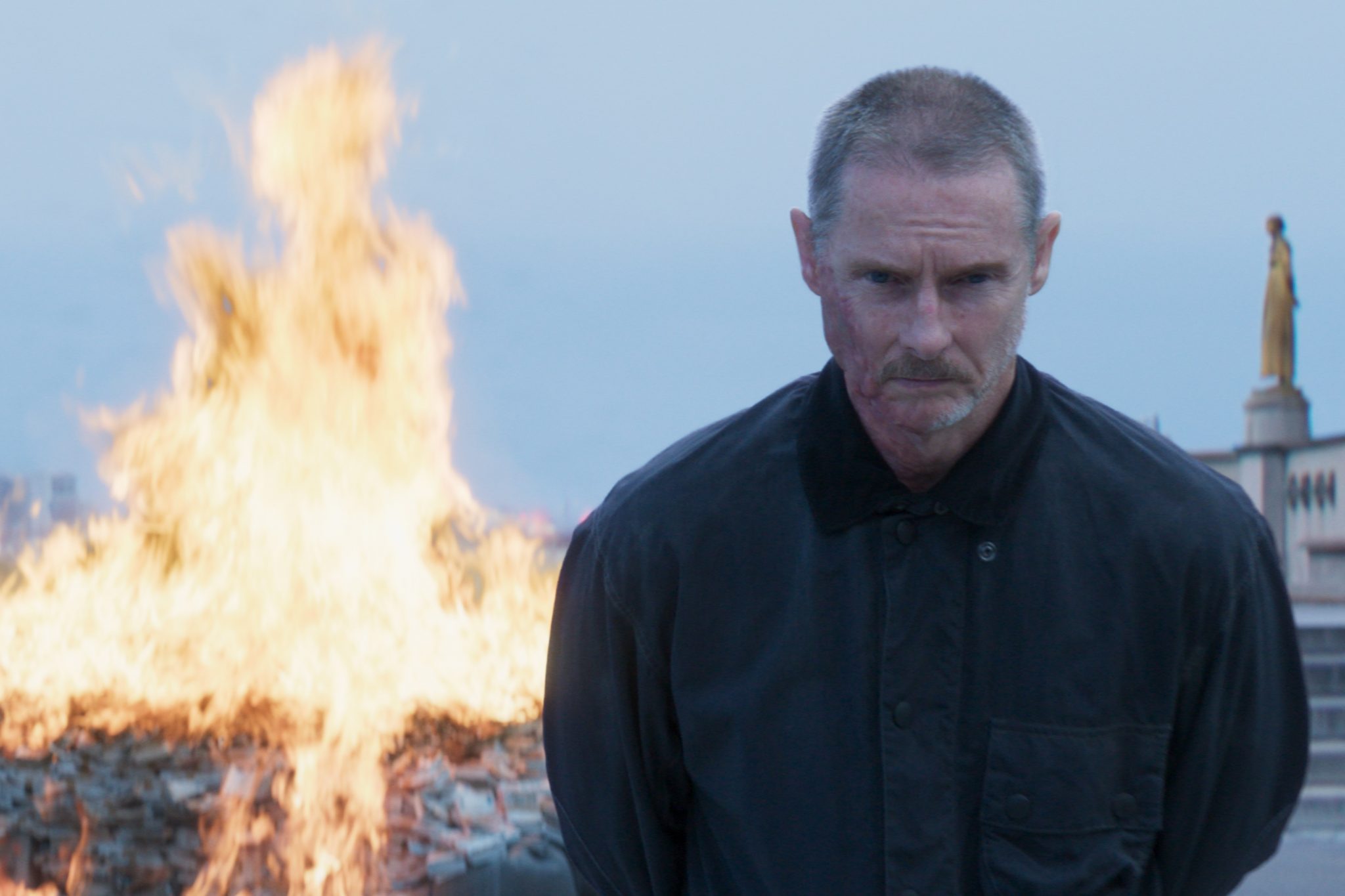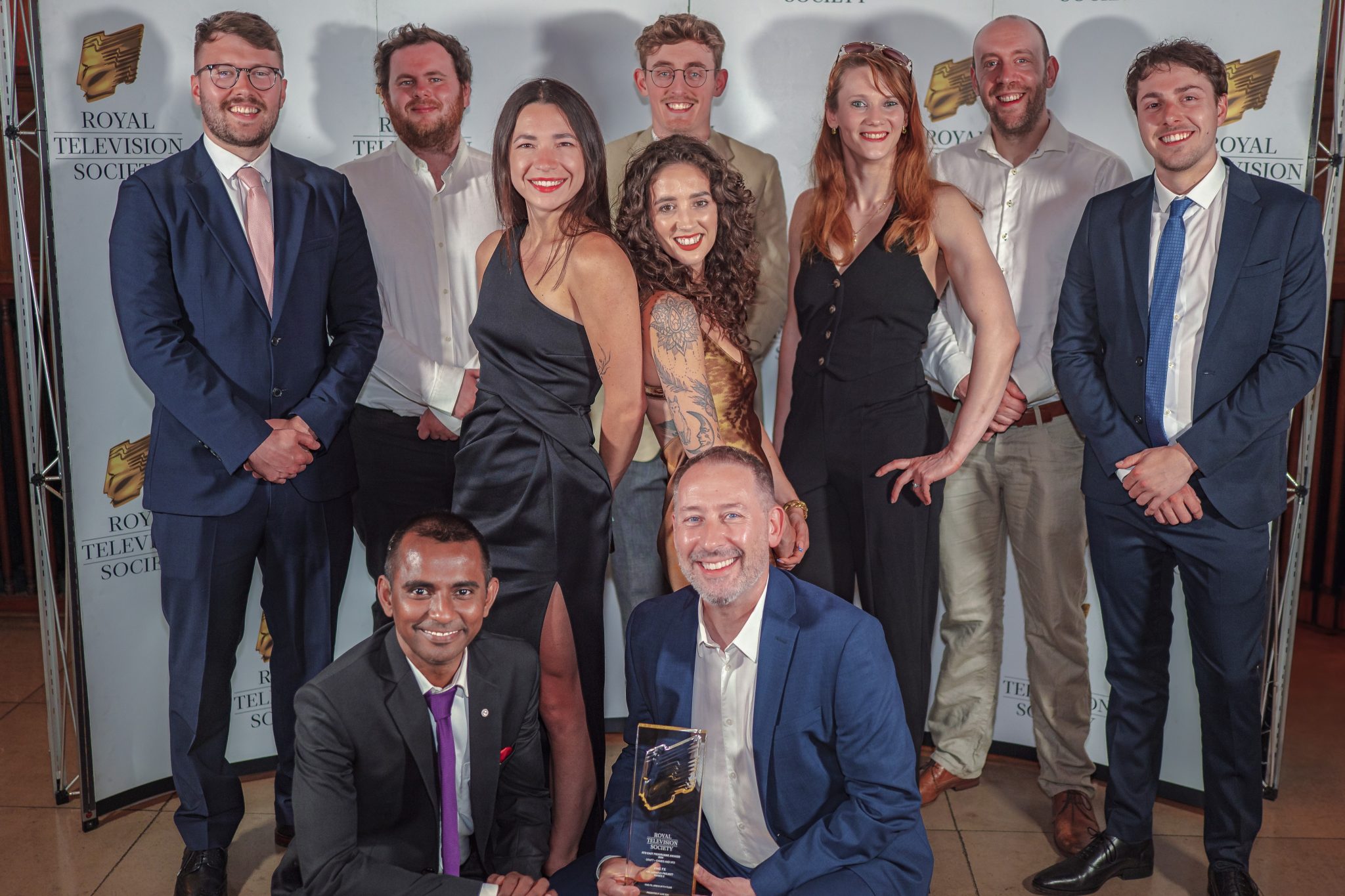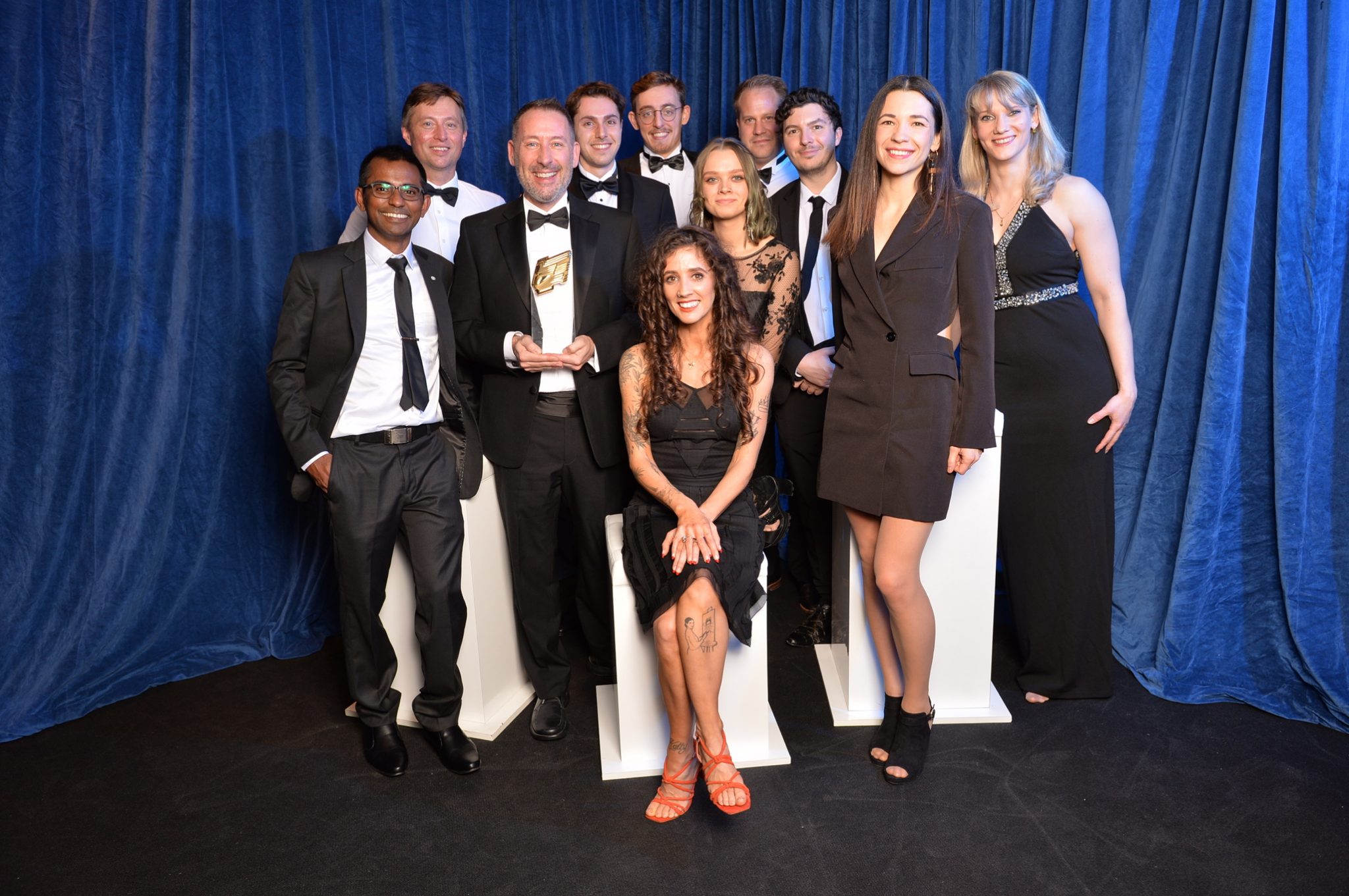Cambridge-based VFX studio, Vine FX, delivered 115 shots for the climactic sequence for Prime Video’s The Rig series two.

When an ancient parasite was let loose on the ocean floor, the crew in The Rig season one found themselves in dire peril. Fast forward to the newly released season two and the audience is in for more suspense, betrayal, and terrifying consequences – all culminating in a cliff-hanger that had the team at Vine FX growing mycelium trees in their quest to create an underwater alien world.
The Rig has been one of the most rewarding projects for us to work on. Season one was an instant hit, and season two has pushed the boundaries for the show, which gave us ample opportunity to create something incredible.
Kaitlyn Beattie, VFX Producer at Vine FX
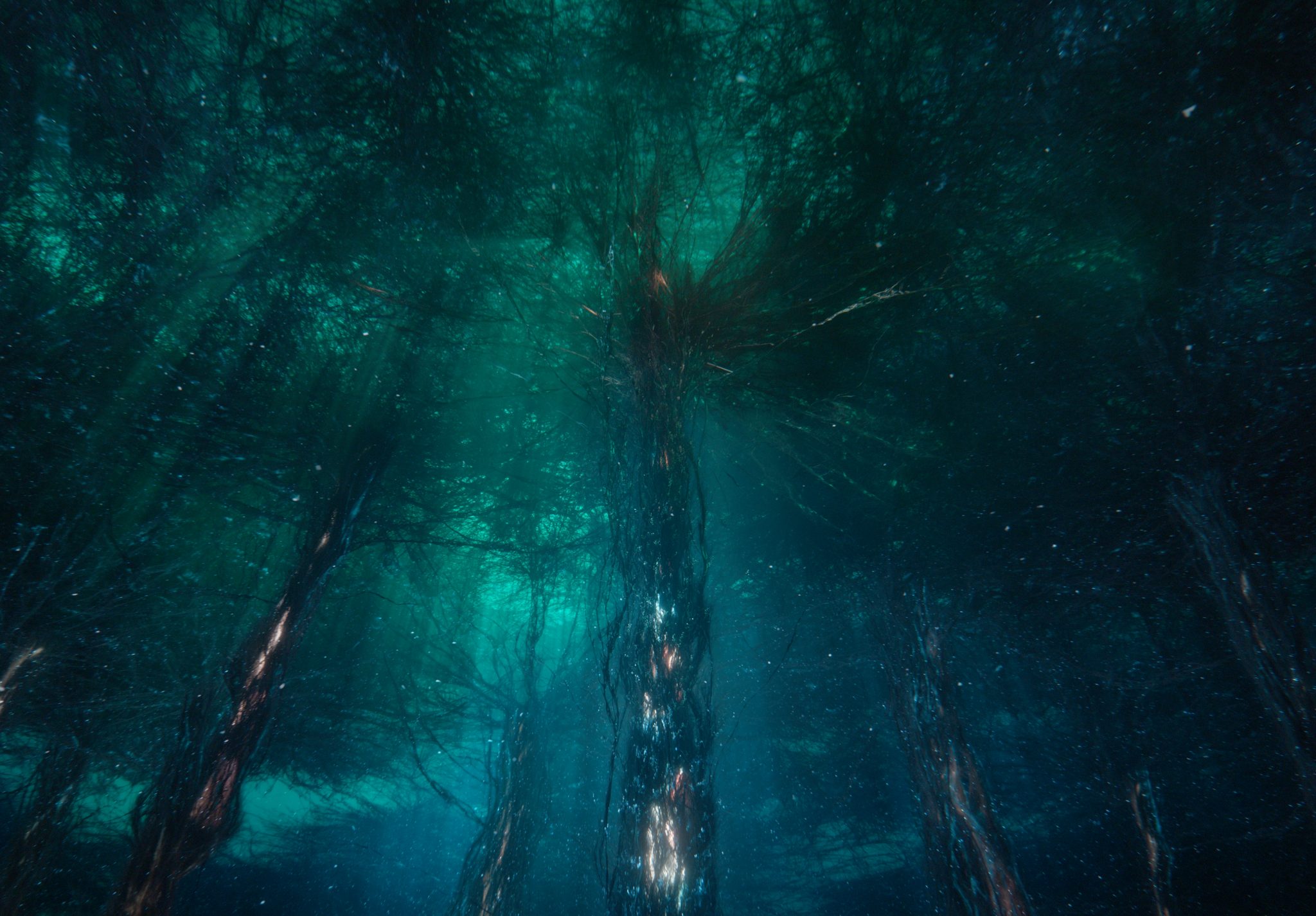
Growing a mycelium forest
Among the stand out shots from the finale of The Rig season two is a sprawling, living mycelium forest, its canopy looming 400 metres above the seabed. These parasitic trees weren’t merely decorative – they needed to glow, evoke an emotional response from the characters, and add layers of depth to the underwater ecosystem.
Vine FX began with concept art created by Scott McInnes, capturing the forest’s vibrant and organic forms. Moving from concept to full CG representation was no mean feat, however. The scale and density of these mycelium structures pushed the team to use simulation techniques to grow the structures in an organic way, all while establishing a new USD (Universal Scene Description) pipeline to handle the volume and complexity of the assets.
This was a long process. We created several tree designs which we could then instance and propagate the scene with. The great thing about procedural growth simulations like these is that they look different from any angle, so by carefully rotating and placing assets we were able to build a dense forest with no repetitions. We recruited the largest CG team we’ve ever had just to work on this project.
Pedrom Dadgostar, Head of 3D at Vine FX
The team’s approach to procedural textures and lighting provided the trees with an ethereal, bioluminescent quality that further enhanced the underwater environment. Using Houdini’s Solaris, the trunks were equipped with internal illumination through mesh lights, which added a ghostly, otherworldly presence.
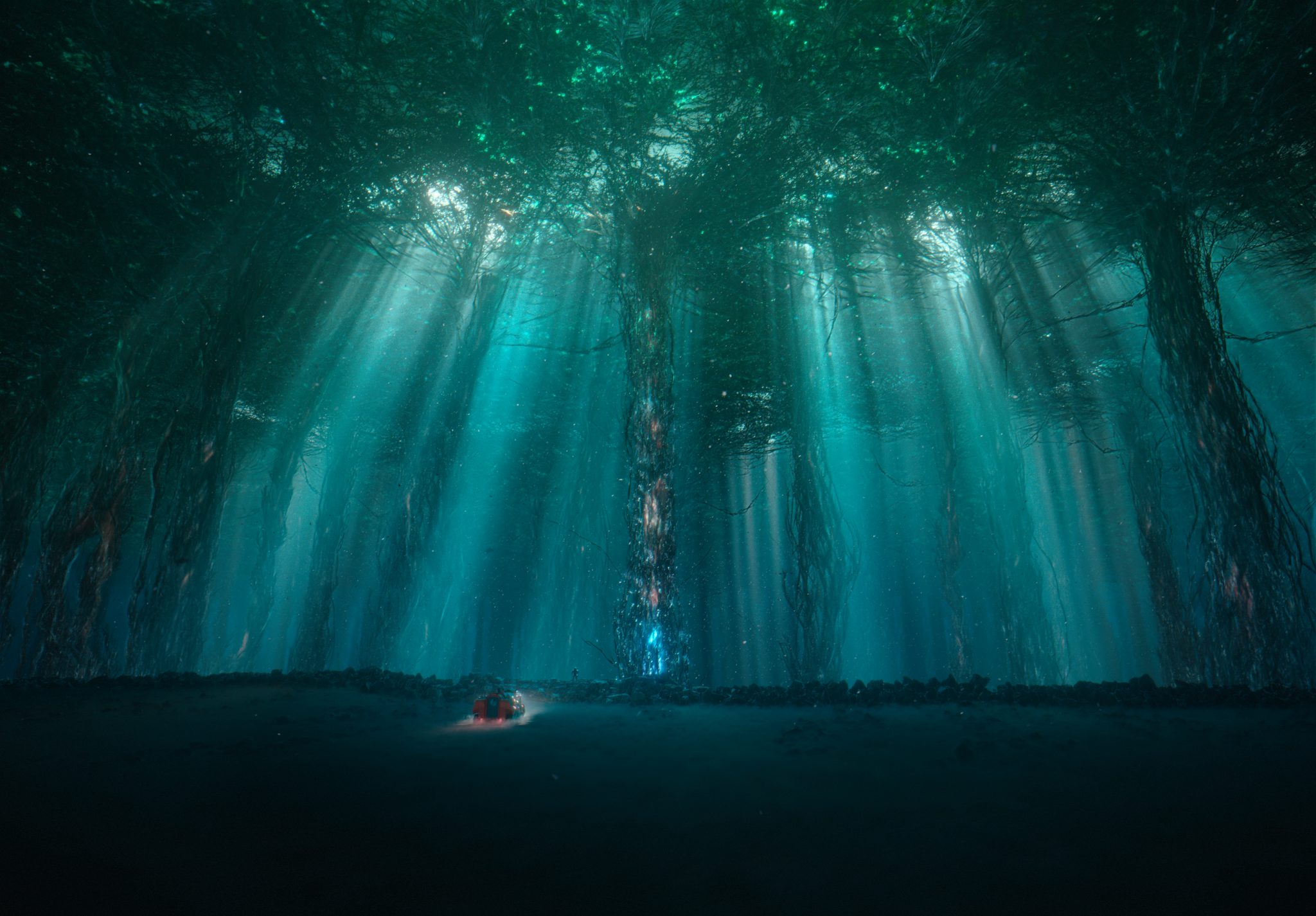
An underwater world
On top of generating an entire forest of alien, parasitic trees, Vine FX needed to build an entire underwater world, augmenting live action shots with CG and 2D assets to create a sense of being beneath the waves.
That meant slow movements, particulates, and depth. Bringing together environment extensions and mycelium trees was important, but those smaller – and at times hidden – details are just as important.
Light plays a critical role in defining space and scale. We carefully placed floating particulates that helped establish that sense, leading into darkness throughout the environment and around the trees. The idea was to envelop the characters in an expansive, claustrophobic world.
Pedrom Dadgostar, Head of 3D at Vine FX
When the characters interact with the parasite, we had to make sure the light from it reflected off their suits and any other elements. The visual representation of being underwater and interacting with a decaying organism was shown by the floating particulates seen throughout the episode.
Ole Aleksander Norby, Compositing Supervisor at Vine FX
Compositing artists ensured that the trees and their bioluminescent glow meshed seamlessly with the live-action footage. While Vine FX was tasked with creating a mostly CG environment, the comp team worked closely with the client to establish a look that met evolving creative preferences, from light intensities to colour grading.
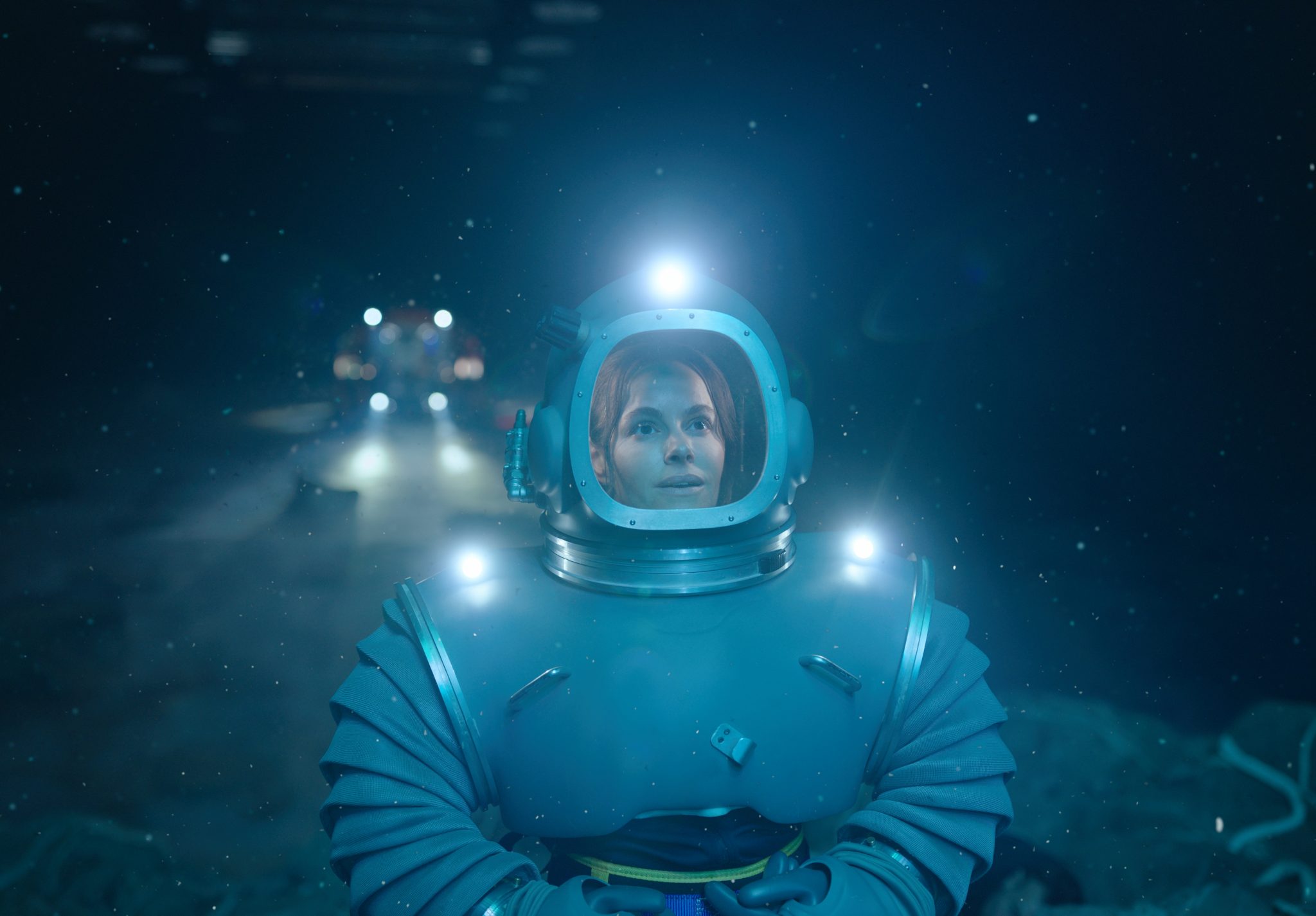
Turning to USD
Work on The Rig was completed in USD, which brings incredible flexibility to delivering the shots. Vine FX built an entirely new USD pipeline as work progressed on the show, refining to suit not only the project but the entire studio.
The new USD pipeline streamlined the process. It allowed us to manage the integration of assets across shots and maintain consistency throughout the sequence as a whole.
Pedrom Dadgostar, Head of 3D at Vine FX
With USD’s efficient handling of multi-shot workflows, the new pipeline enabled a unified environment that could be rendered across shots without extensive re-rendering, ultimately saving time while delivering high-quality visuals.
For more information, visit vinefx.com. See the VFX breakdown reel below.






